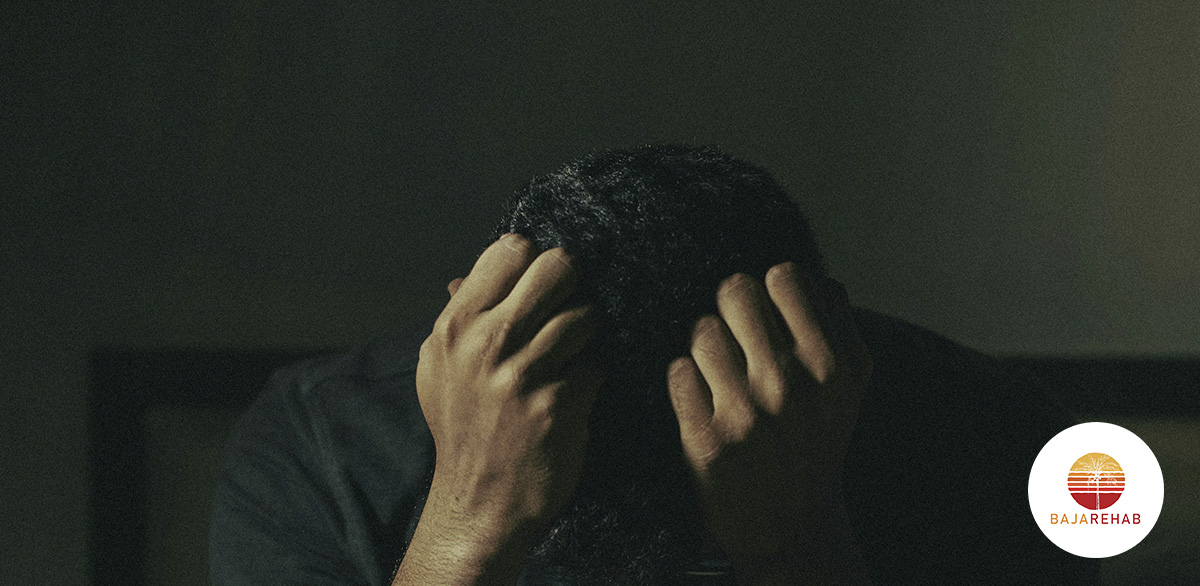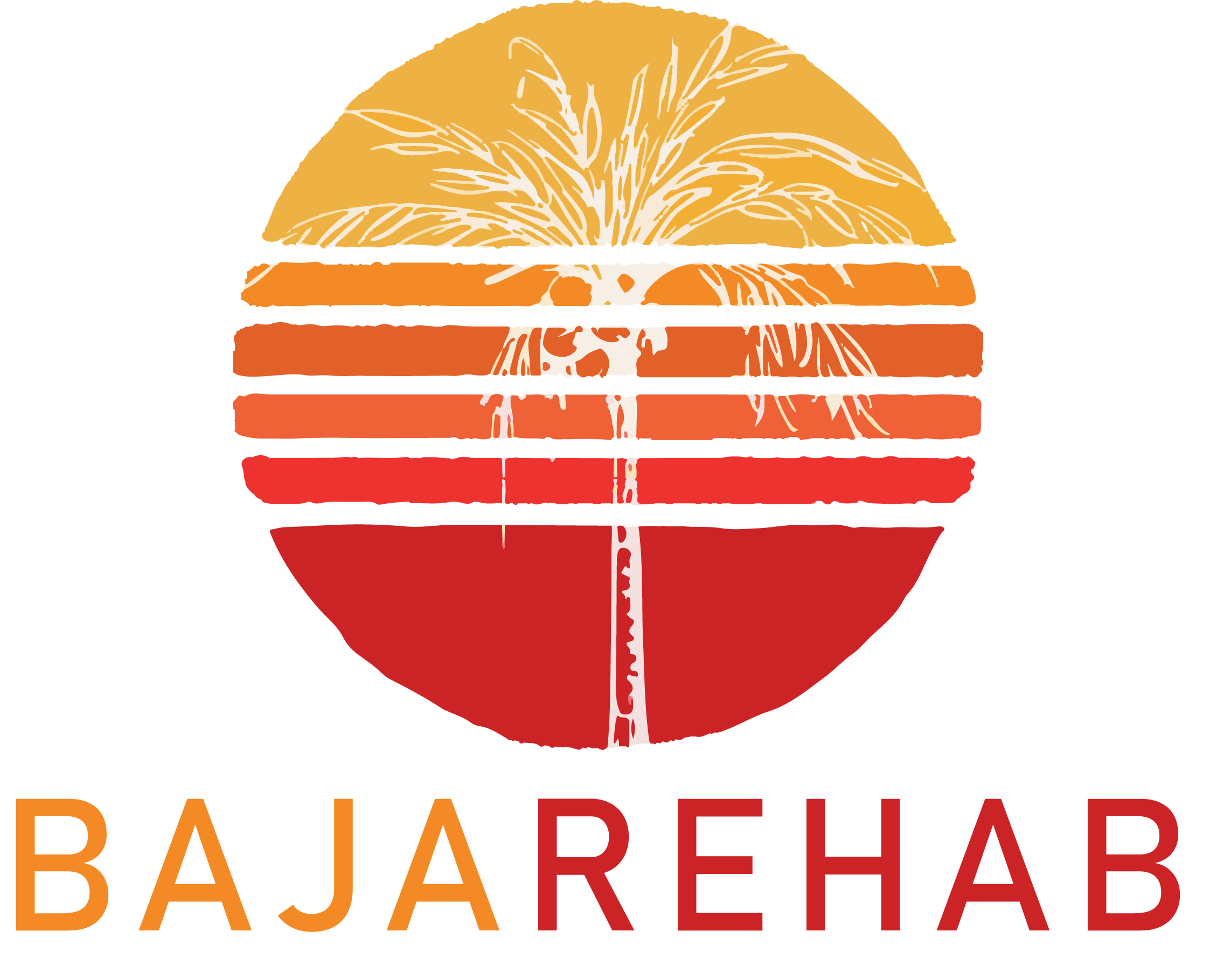What to Do After the 72-Hour 5150 Hold

Next Steps for Recovery, Healing, and Support
A 5150 hold is a difficult but sometimes necessary step in protecting the safety and well-being of someone experiencing a mental health crisis. But what happens when the 72 hours are over? Whether you’re the individual who was held or a family member supporting a loved one, it’s important to understand the next steps and how to move forward with clarity and care.
Step 1: Understand the Outcome of the Hold
Once the 72-hour involuntary psychiatric hold ends, one of several outcomes will typically occur:
✅ Release Without Further Hold
If the individual is evaluated and no longer meets the criteria of being a danger to themselves, others, or gravely disabled, they may be released. Discharge usually includes a brief safety plan, referrals, or suggestions for follow-up care.
✅ Voluntary Admission
Some individuals choose to stay in treatment voluntarily, recognizing that they need additional support. This allows for more flexible care and the ability to participate more willingly in therapy and treatment planning.
✅ Extended Hold (5250)
If the evaluating psychiatrist or clinician determines the person is still at risk, they may initiate a 5250 hold, which extends involuntary treatment for up to 14 more days. This involves a more formal process, including a probable cause hearing within a few days.
Step 2: Prioritize a Mental Health Continuum of Care
Regardless of the outcome, the end of a 5150 hold is not the end of the journey — it’s a starting point for deeper healing. Here’s what we recommend:
✔️ Schedule a Psychiatric Follow-Up
An appointment with a psychiatrist or primary care doctor can help review medications, provide an accurate diagnosis, and ensure continuity of care.
✔️ Connect With a Therapist
Working with a therapist — especially one trained in trauma or crisis recovery — can help process the experience and develop coping strategies for the future.
✔️ Explore Treatment Options
If deeper mental health or substance use issues are present, consider:
- Outpatient treatment (e.g., therapy, group counseling)
- Intensive Outpatient Programs (IOP)
- Residential rehab programs like Baja Rehab
Dual diagnosis treatment if addiction is also a factor
Step 3: Rebuild a Safety & Support Network
Mental health recovery is not done in isolation. It requires ongoing safety planning and emotional support, such as:
- Removing access to dangerous items (e.g., medications, weapons)
- Identifying safe people to call in a crisis
- Creating a relapse prevention or wellness plan
- Encouraging participation in peer support groups (NAMI, DBSA, SMART Recovery, etc.)
At Baja Rehab, we help clients build these supports during and after treatment.
Step 4: Be Kind to Yourself (or Your Loved One)
The aftermath of a 5150 hold can feel confusing, shameful, or even traumatizing. But this is a time for grace, education, and empowerment:
- If you were placed on a hold: Know that you are not alone. Many people recover from mental health crises and go on to live full, thriving lives.
- If you’re a family member: Focus on support, not blame. Learn about the warning signs and triggers so you can help without judgment.
Baja Rehab Is Here to Help
We specialize in working with individuals who’ve recently experienced psychiatric holds, suicide attempts, or dual diagnosis challenges. Our programs offer:
- Personalized mental health and addiction care
- Family therapy and education
- Holistic therapies to heal mind and body
- Compassionate clinical staff with crisis experience
You are more than a crisis. You deserve a path forward.
Contact Baja Rehab today to take the next step after a 5150 hold — toward lasting healing and hope.


